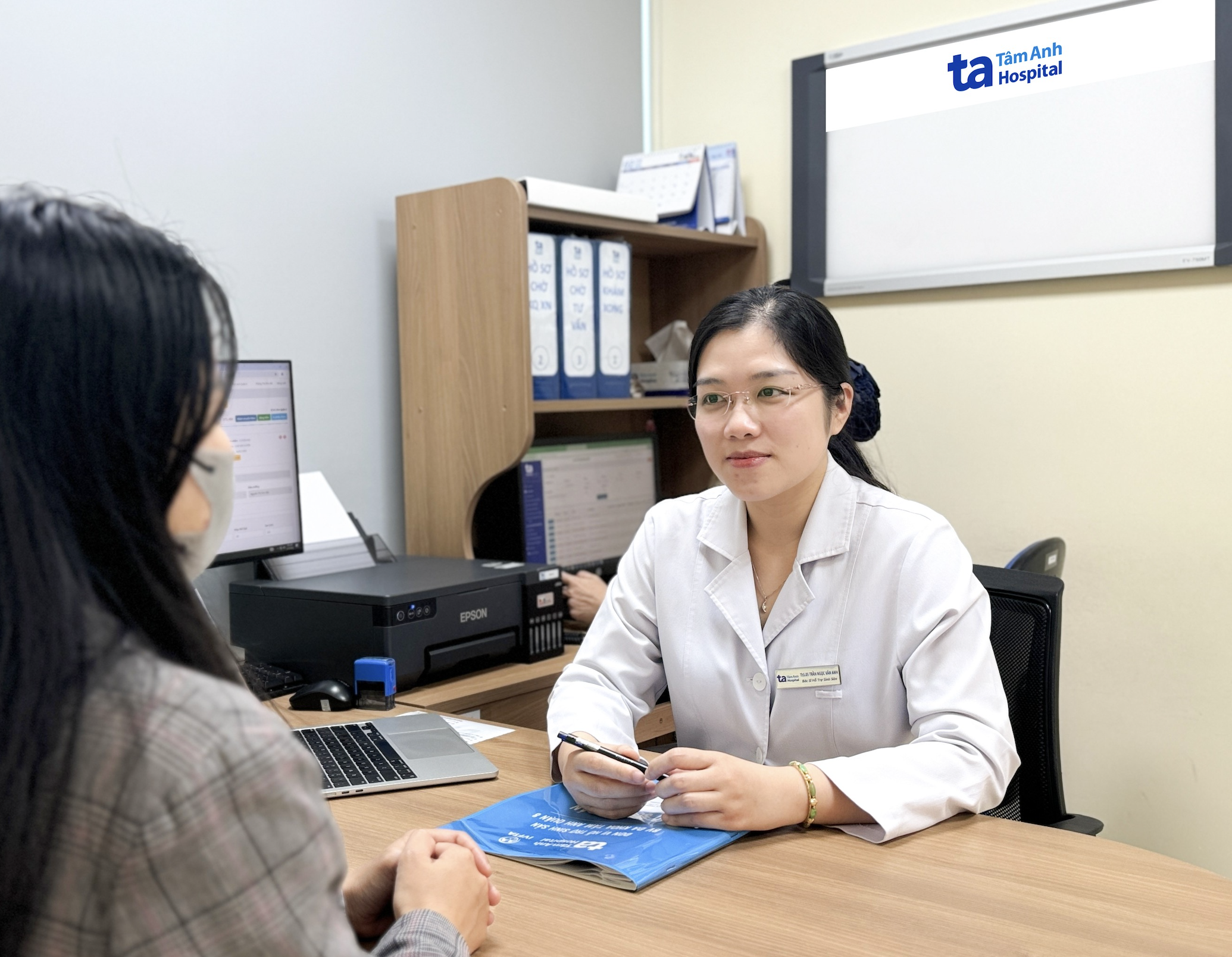Dr. Tran Ngoc Van Anh, from the Center for Reproductive Assistance at Tam Anh General Hospital - District 8, reported that 33-year-old Ms. Huong had a good ovarian reserve and regular menstrual cycles, with tests showing clear fallopian tubes. Her 35-year-old husband, Mr. Thai, had no reproductive abnormalities, and his sperm count and quality were within the normal range.
Dr. Van Anh explained that unexplained infertility accounts for 10-30% of infertility cases. While "unexplained" doesn't mean there isn't a cause, current medical science hasn't yet identified all the factors contributing to infertility in these situations. The longer a couple tries to conceive naturally, the lower their chances become. After discussing their options with Dr. Van Anh, Ms. Huong and Mr. Thai decided to undergo IVF.
Doctors retrieved 13 mature eggs, which resulted in 12 5-day-old embryos. While preparing Ms. Huong's uterine lining for embryo transfer, Dr. Van Anh discovered a uterine polyp and an unsuitable lining. Uterine polyps are a common cause of implantation failure and infertility. Depending on its size and location, a polyp can act as a foreign body, causing mild inflammation and preventing embryo implantation. Ms. Huong was given medication to regenerate and prepare her uterine lining for a second attempt. She successfully conceived after the first embryo transfer and is now more than 6 months pregnant.
 |
Dr. Van Anh consults with a patient experiencing unexplained infertility. *Illustrative photo: Tam Anh General Hospital* |
Unexplained infertility is defined as the inability to conceive after one year of regular unprotected intercourse (or 6 months for women over 35) despite normal results from standard fertility tests.
According to Dr. Van Anh, unexplained infertility can stem from undetected genetic abnormalities in the egg or sperm. Other potential causes include sperm's inability to penetrate the egg, the embryo's failure to implant in the uterine lining, mild endometriosis not detectable by ultrasound, immunological issues in the woman, or subtle fallopian tube dysfunction. Treatment options typically involve lifestyle changes, ovarian stimulation timed with natural intercourse, intrauterine insemination (IUI), or IVF. The success rate varies depending on the chosen method.
Couples facing unexplained infertility should consult with a fertility specialist to receive personalized advice, develop a suitable treatment plan, and increase their chances of conception.
Dinh Lam
*Names have been changed.












